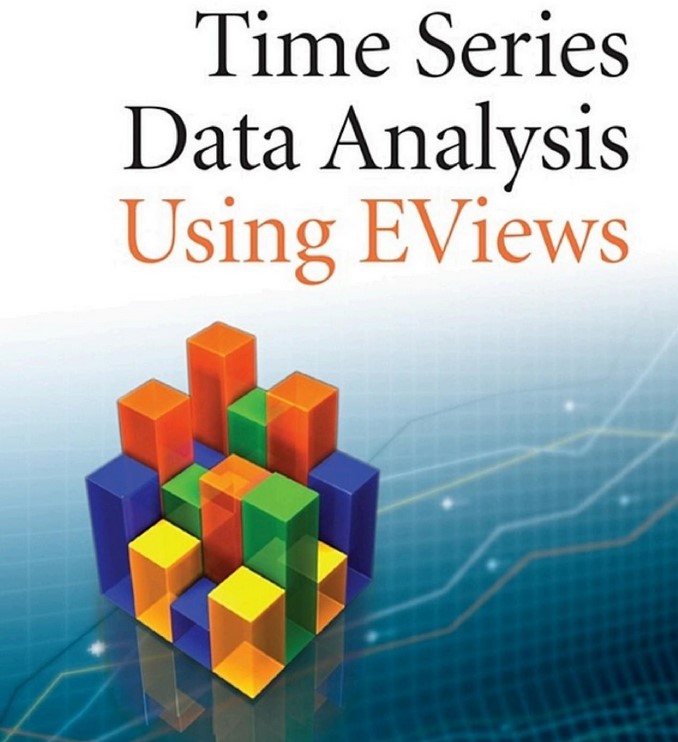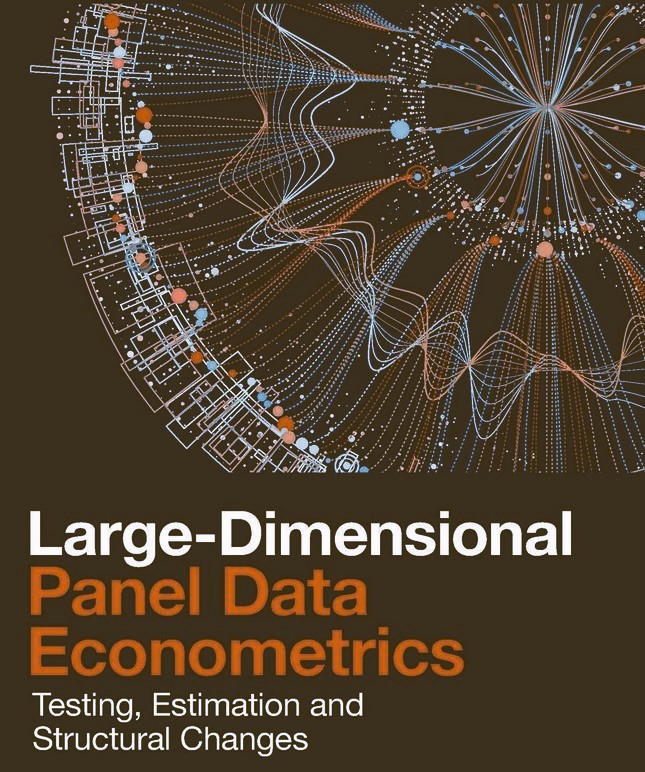- Teacher: Chine Lazhar
- Teacher: Benazouz Mohamed
- Teacher: Ouadah Saliha
- Teacher: Sahraoui Laamouri
- Teacher: Ghalem Ilham

📘 Course Description: Multivariate Time Series Analysis (with EViews Workshops)
This course provides an in-depth exploration of multivariate time series methods used in modern economic and financial analysis. It equips students with both the theoretical framework and practical tools needed to examine dynamic interrelationships between multiple time-dependent variables.
Students will learn to address questions such as: How do macroeconomic variables influence each other over time? Are certain variables leading indicators of others? Can we model and forecast systems where feedback mechanisms exist?
The course begins with foundational techniques for stationarity and model selection, progressing toward advanced topics such as volatility modeling, cointegration, and error correction mechanisms. Particular emphasis is placed on long-run equilibrium relationships and the modeling of short-term dynamics.
Practical implementation is a core component of the course. Students will apply all concepts using EViews software, conducting hands-on analyses with real-world datasets to simulate professional econometric practice. These workshops bridge theory and application, reinforcing critical thinking and coding fluency.
This course is essential for students pursuing careers or research in economics, finance, or data analytics where forecasting, policy evaluation, and empirical modeling of interconnected variables are central.
This course provides an in-depth exploration of multivariate time series methods used in modern economic and financial analysis. It equips students with both the theoretical framework and practical tools needed to examine dynamic interrelationships between multiple time-dependent variables.
Students will learn to address questions such as: How do macroeconomic variables influence each other over time? Are certain variables leading indicators of others? Can we model and forecast systems where feedback mechanisms exist?
The course begins with foundational techniques for stationarity and model selection, progressing toward advanced topics such as volatility modeling, cointegration, and error correction mechanisms. Particular emphasis is placed on long-run equilibrium relationships and the modeling of short-term dynamics.
Practical implementation is a core component of the course. Students will apply all concepts using EViews software, conducting hands-on analyses with real-world datasets to simulate professional econometric practice. These workshops bridge theory and application, reinforcing critical thinking and coding fluency.
This course is essential for students pursuing careers or research in economics, finance, or data analytics where forecasting, policy evaluation, and empirical modeling of interconnected variables are central.
- Teacher: Ledhem Mohamed Ayoub

This course, Econometrics 3, is a specialized continuation of your econometric training, focusing on advanced panel data analysis and dynamic modeling techniques using Stata software.
The course aims to provide students with both the theoretical foundations and practical skills needed to handle modern panel datasets where time and cross-sectional dimensions interact. We will cover methods for both static and dynamic panels, address challenges like heterogeneity, serial correlation, non-stationarity, and long-run relationships across units, and develop strong applied modeling skills.
Students will progressively move from classical pooled regressions and fixed/random effects estimation, toward more complex strategies like panel GLS corrections, dynamic panel GMM estimators, and heterogeneous panel models including Mean Group (MG) and Pooled Mean Group (PMG) estimators.
Hands-on coding exercises using Stata will accompany each topic to ensure real-world application of techniques.
The course aims to provide students with both the theoretical foundations and practical skills needed to handle modern panel datasets where time and cross-sectional dimensions interact. We will cover methods for both static and dynamic panels, address challenges like heterogeneity, serial correlation, non-stationarity, and long-run relationships across units, and develop strong applied modeling skills.
Students will progressively move from classical pooled regressions and fixed/random effects estimation, toward more complex strategies like panel GLS corrections, dynamic panel GMM estimators, and heterogeneous panel models including Mean Group (MG) and Pooled Mean Group (PMG) estimators.
Hands-on coding exercises using Stata will accompany each topic to ensure real-world application of techniques.
- Teacher: Ledhem Mohamed Ayoub
- Teacher: Djeddi Tarek
